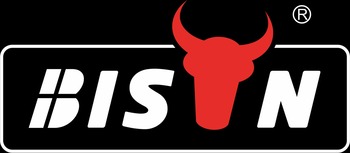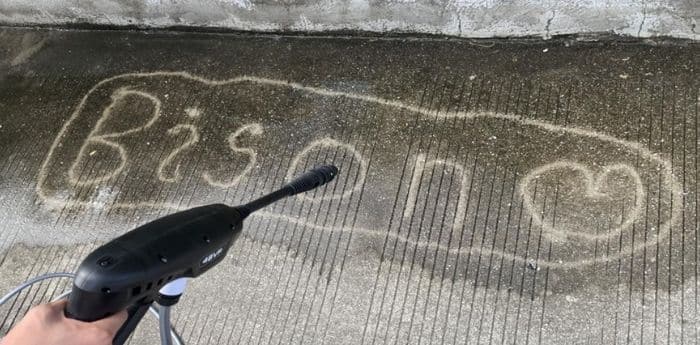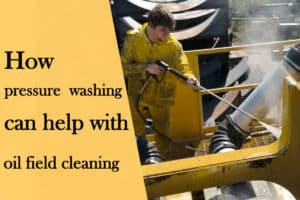How much PSI do you really need?
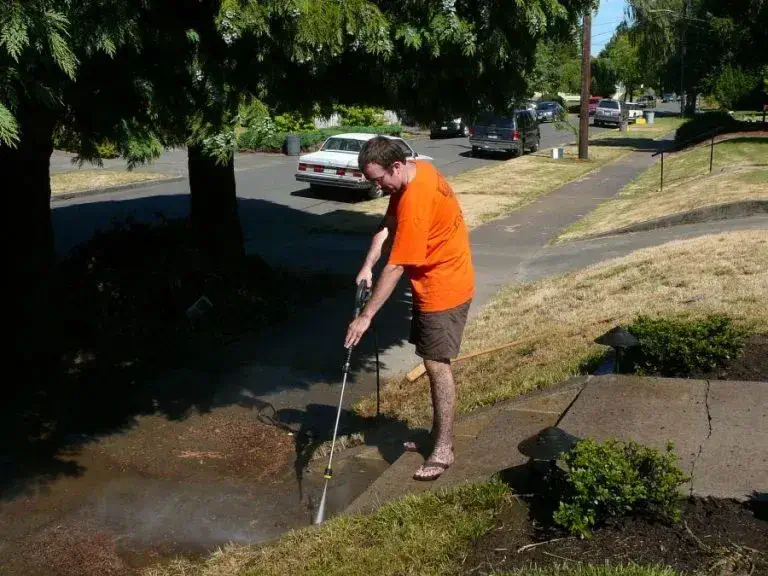
Pressure washing is a great way to clean and maintain the exterior of your home, but it’s important to use the right amount of pressure to avoid causing damage. The pressure, measured in pounds per square inch (PSI), determines the strength of the water stream, and different surfaces and types of dirt require different levels of pressure. In general, the higher the PSI, the more powerful the water stream will be. However, using too much pressure can cause damage to certain surfaces, like wood and paint. So, it’s important to understand how much PSI you need to properly pressure washes your house.
How to Determine the Right PSI for Pressure Washing Your House?
Factors Influencing PSI Selection
The selection of PSI isn’t a one-size-fits-all approach. Several factors come into play:
Type of Surface: Different materials have differing levels of durability. For instance, concrete can withstand higher PSIs than wood.
Amount of Dirt and Grime: The more intensive the dirt, the higher the PSI you might need to effectively clean the surface.
Desired Results: If you’re aiming for a mild clean or a deep, thorough wash, this will affect the required PSI.
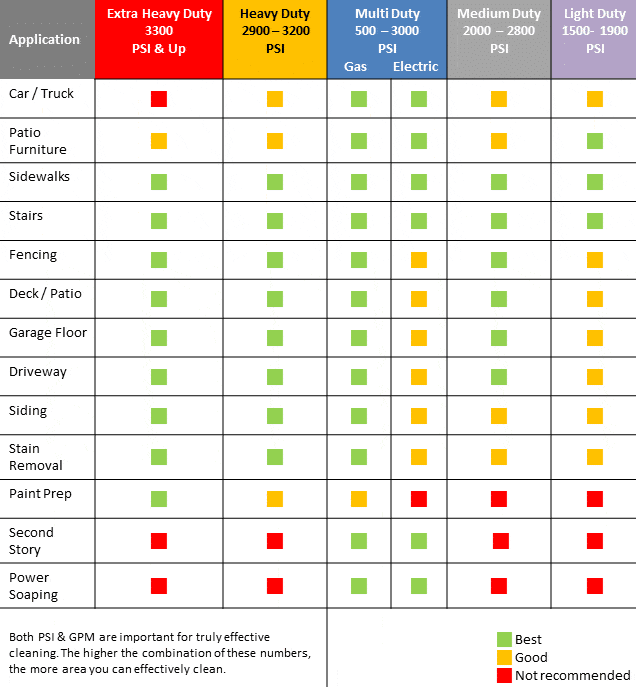
(Keep in mind that these figures are estimates and actual requirements may vary depending on specific circumstances.)
The right PSI (pounds per square inch) for pressure washing your house depends on the type of surface you are cleaning and the level of dirt and grime present. For example, a lower PSI (around 1,500) is typically recommended for cleaning delicate surfaces such as wood or stucco, while a higher PSI (around 3,000) is better for tougher jobs such as cleaning concrete or removing heavy stains. It’s important to use the appropriate PSI to avoid damaging the surface or causing injury. It’s best to start with lower PSI and work your way up as needed. You should also consider using a nozzle with a wider angle for more delicate surfaces and a narrower angle for tough stains and grime.
How to Adjust the PSI on your Pressure Washer for Optimal Cleaning?
Check the manufacturer’s manual for recommended PSI levels for the specific task you are performing.
- Start by setting the PSI at a lower level and gradually increase it as needed.
- Use the lowest PSI setting that effectively removes dirt and grime from the surface.
- Avoid using the highest PSI setting as it can damage delicate surfaces and cause injury.
- Always wear appropriate personal protective equipment when using a pressure washer.
Factors that Determine the Right PSI for Pressure Washing Your House
Surface Type: Different types of surfaces require different PSI levels. Delicate surfaces such as wood or stucco require a lower PSI, while tougher surfaces like concrete can handle a higher PSI.
Dirt and Grime Level: The level of dirt and grime on the surface also plays a role in determining the appropriate PSI. For heavy stains and grime, a higher PSI may be needed to effectively remove them.
Avoiding Damage and Injury: It’s important to use the appropriate PSI to avoid damaging the surface or causing injury. Starting with a lower PSI and gradually increasing as needed is a safe approach.
Nozzle Angle: The angle of the nozzle also plays a role in determining the right PSI. A wider angle nozzle is more suitable for delicate surfaces, while a narrower angle nozzle is better for tough stains and grime.
Determining the Appropriate PSI for Pressure Washing Your House
Determining the appropriate PSI for pressure washing your house is essential to achieving the best results while avoiding damage to the surface or injury. Several factors should be considered when determining the appropriate PSI, including the type of surface, the level of dirt and grime present, the angle of the nozzle, and the need to avoid damage and injury. The appropriate PSI can range from as low as 1,500 for delicate surfaces to as high as 3,000 for tougher surfaces and heavy stains. It is important to start with a lower PSI and gradually increase as needed to ensure the best results.
Conclusion
In conclusion, understanding the correct PSI for pressure washing is essential for both efficiency and safety. As pressure washer dealers and business owners, having this knowledge will allow you to guide your customers better. For more detailed information, don’t hesitate to reach out to the manufacturer.
